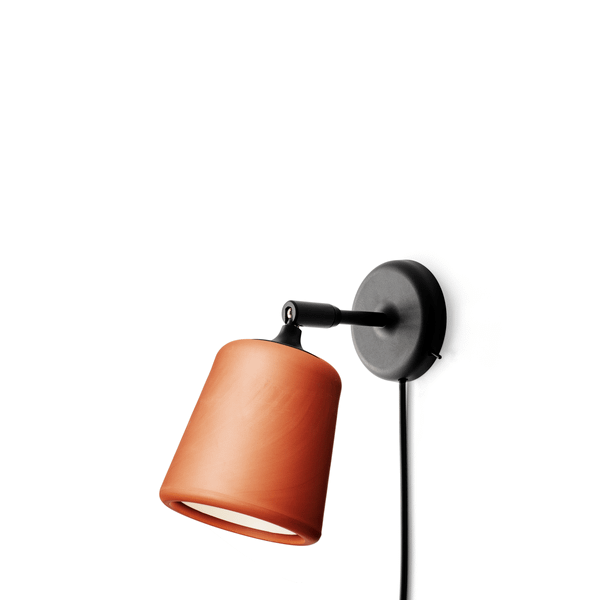
Brand
- M&S Collection 34.034
- Mascot 19.596
- Routledge 18.037
- Rhodes + Scholes 11.391
- Slingsby 10.590
- Maroxe 9.743
- BOSS 9.516
- Portwest 8.783
- Nike 8.522
- MTP Products 8.499
- Blaklader 8.388
- Air Jordan 8.271
- Sandvik Coromant 8.131
- Impulse 7.149
- KENZO KIDS 6.317
- Carpe Diem Beds 5.746
- Gemini Interiors 5.705
- ORN 5.647
- TopVue 5.612
- ECCO 5.400
- Silent Gliss 5.275
- B&C 5.080
- Velux 4.791
- Callaway 4.421
- Russell 4.324
- EUROKRAFTpro 4.227
- BIL 4.226
- Nobody's Child 4.205
- Moon Magic 4.187
- C&P 4.184
- Neo 4.165
- CRC Press 4.105
- Sealey 4.083
- Timberland 4.002
- Sid & Sam 3.990
- Stanley/Stella 3.945
- White Stuff 3.918
- Unbeatable Bargains 3.909
- Style and Chic 3.894
- Shire 3.813
- Life Essentials 3.709
- Lyle & Scott 3.680
- Tyrell & Tyrell 3.676
- Ping 3.564
- Merkel Designers 3.562
- The Home Maker 3.484
- BILLIEBLUSH 3.455
- Charlotte Dunes 3.453
- adidas 3.447
- FootJoy 3.386
- R and M Furniture 3.351
- Direct Imports 3.344
- Millennium Furniture 3.286
- Puckator 3.260
- Anco 3.219
- Discount Dealers 3.201
- DKNY 3.197
- Decor Base 3.188
- Savings Store 3.175
- Merlin Deals 3.165
- Premier 3.165
- Co 3.151
- Casper Homes 3.137
- All Things Good 3.119
- Kennametal 3.115
- Brittle & Co 3.096
- TriDri 3.023
- Regatta 3.018
- Autograph 2.933
- Crew Clothing 2.861
- Lighthouse 2.833
- Festo 2.766
- Liverpool FC 2.707
- Design Hut 2.671
- Wonders 2.650
- KARL LAGERFELD KIDS 2.608
- FatFace 2.518
- MARC JACOBS 2.493
- Outsunny 2.490
- Pferd 2.487
- Schneider Electric 2.462
- TaylorMade 2.460
- Monsoon 2.453
- Regatta Professional 2.435
- RS PRO 2.417
- Nomination 2.391
- Kennedy 2.346
- Selfmade 2.343
- R Hamilton 2.240
- YouGarden 2.233
- Superdry 2.218
- HUGO 2.216
- Steam 2.214
- WallpaperMural 2.200
- Adidas 2.142
- 3M 2.093
- GIVENCHY 2.069
- Dams 2.063
- Beeswift 2.039
- Mizuno 1.976
Colour
- Black 93.225
- White 41.677
- Blue 29.395
- Grey 19.260
- Navy 17.250
- Green 14.639
- Red 14.268
- Brown 14.132
- Pink 12.380
- Yellow 9.601
Size
- XL 17.711
- S 12.346
- 2XL 11.757
- M 11.579
- L 11.151
- Medium 9.597
- Large 9.580
- Small 9.505
- 8 9.189
- 3XL 8.817
Gender
Merchant
- Zoro UK Limited 346.218
- Marks & Spencer UK 107.515
- Home Done 76.978
- Kids around 43.086
- Maroxe 25.183
- Alensa.co.uk 25.176
- Routledge 24.730
- Kick Game 23.620
- RS Components UK 21.906
- Your Stylish Home 21.502
- Workwear Supermarket 19.911
- MyTrendyPhone.co.uk 15.259
- Golf Gear Direct 14.288
- AndLight.co.uk 13.262
- Click Golf 13.183
- K4G.COM 12.551
- LuisaViaRoma.com 10.883
- QD Stores 10.558
- Glisshop uk 9.846
- Belveto 7.008
- Seal Medical 6.645
- Acorn Fire & Security 6.054
- My-Deco-Shop 5.951
- gb.ecco.com 5.832
- carpediembeds.co.uk 5.746
- Selfmade.com 5.547
- Suit Direct 5.421
- Wrong Weather 4.507
- Cherry Lane 4.503
- Lime Lace 4.424
- Slam City Skates 4.349
- Cowling & Wilcox 4.252
- Perfect Little Thing 4.222
- Moon Magic 4.187
- Plusshop UK [OLD] 3.671
- Lyle & Scott 3.568
- Grace & Co Jewellery 3.430
- Nobody's Child - Cabiro 3.427
- Puckator.co.uk 3.260
- Building Plastics Online 2.908
- Home Living Luxury 2.888
- Erysta 2.871
- Mobility Smart 2.741
- Liverpool FC 2.707
- Wonders - Official Site 2.650
- Craftiful Fragrance Oils 2.639
- Craigmore UK 2.454
- Posted Protein 2.320
- Lighthouse Clothing 2.304
- YouGarden 2.233
Price (EUR)
- <5 57.500
- 5 - 10 41.804
- 10 - 20 84.361
- 20 - 50 223.702
- 50 - 100 206.985
- 100 - 200 163.974
- 200 - 500 128.173
- >500 124.964




















